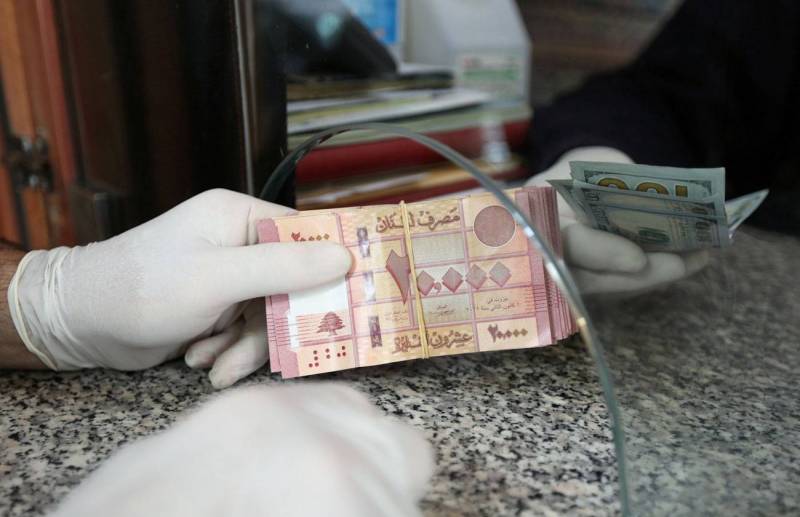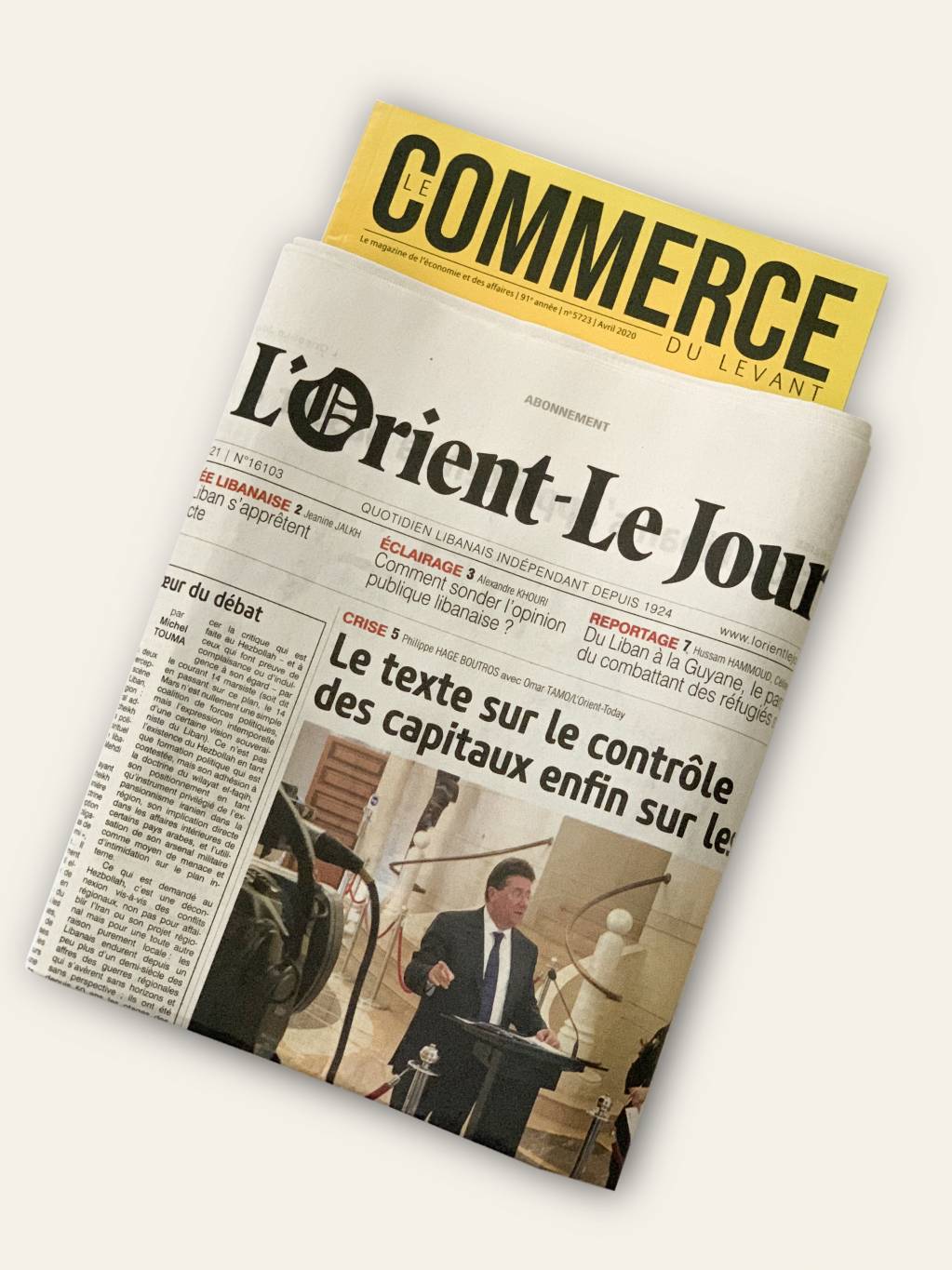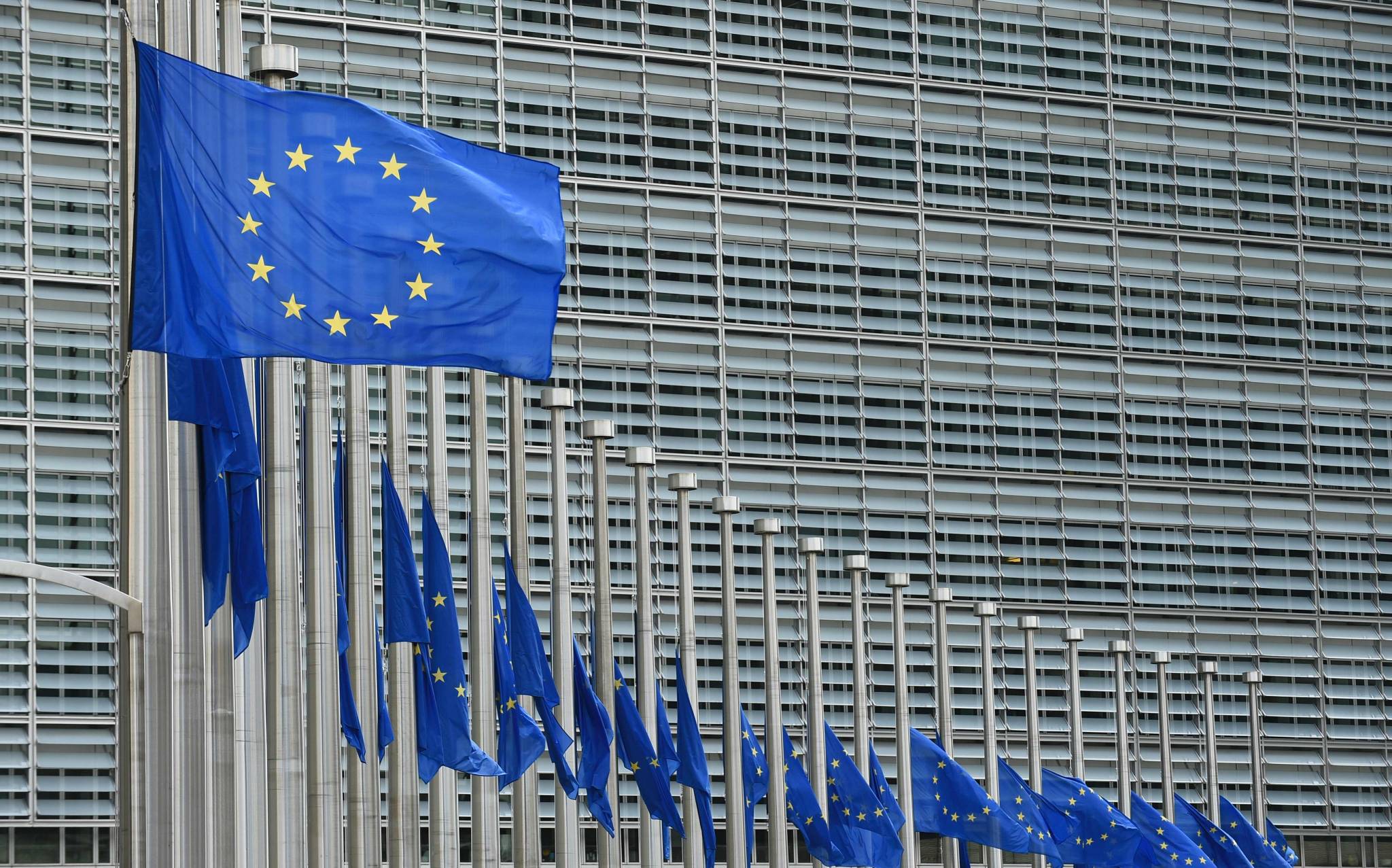The government approved last Thursday its reform plan to redress the economy. Most Lebanese only saw in this plan the restructuring of the banking sector and the announced “haircut.” However, chopping deposits is not the worst thing that could happen.

Devaluation, “bail-in”, austerity in government spending… The price to restart the economy is heavy, probably too heavy for the government of Hassan Diab to bear.
To those who continue to deny the magnitude and severity of the crisis, Lazard’s consultants, who helped develop the plan, say they have “rarely seen” such large financial imbalances in other countries. A number, in particular, makes you dizzy: $63 billion of “currency mismatch” in the balance sheets of commercial banks and the Bank of Lebanon (BDL), and this amounts to 120% of gross domestic product (GDP). In concrete terms, this means that vis-à-vis $63 billion owned by the Lebanese, only Lebanese pounds are available, but the Banque du Liban (BDL) has no longer the means to defend their value. “BDL’s usable reserves have reached a worrying level,” according to the plan, while the real amount of these reserves remains one of the re-public’s best-kept secrets.
En français : Le douloureux sauvetage de l’économie libanaise
But the crisis’ most serious aspect is not the financial situation; but it’s impact on the real econ-omy. Again, the numbers are alarming. The shortage in dollars and the paralysis of the banking sector is expected to result in a GDP contraction of 13.8% this year, following a 6.9% decline in 2019, with a dramatic increase in unemployment and poverty. The decline in incomes is ac-companied by lower purchasing power, eaten away by hyperinflation. With the Lebanese pound’s recent freefall, the government has significantly increased its inflation forecasts, now projected at 53% in 2020 (compared to 25% in a first version of the plan released in early April).
To get the economy back on track, and return to growth by 2024, Diab’s government is counting on massive international aid, granted under a program with the International Monetary Fund (IMF). This program is presented as the only way to regain the confidence of donors, but also, unfortunately, as the only guarantee for the implementation of reforms that Diab’s predeces-sors have been unable to undertake.
The government estimates the gross external funding requirements at more than $28 billion over the next five years. But, by betting on a decline in post-restructuring debt service, a grad-ual return to international markets within three years and new inflows of deposits following the consolidation of the banking sector, it estimates net financing needs at $10 billion by 2024, on top of the funds promised under the Conference for Economic Development through Reforms and with Enterprises (CEDRE).
If Lebanon fails to mobilize such assistance, “the import contraction that would be necessary in the absence or quasi-absence of external financial commitments would not only lead to an even more severe economic contraction and the rise of poverty, but could also trigger a spiraling recession with the inevitable shortage of basic goods and the explosion of the parallel FX rate as Venezuela has been experiencing for some time now. Continued high level of monetary fi-nancing from BDL would inevitably lead to the acceleration of inflation and the total loss of confidence in the Lebanese pound”, the plan warned.
BDL’s Circulars
This scenario started to emerge at the end of April, as the pound plummeted in the parallel market, following the ban on dollar withdrawals from banks and a series of circulars issued by the BDL. While exchange rate manipulation cannot be ruled out, the BDL’s unilateral measures, taken as the reform plan was still under discussion, have increased confusion and accelerated the loss of confidence.
In the first version of the plan, dated April 6, the government planned to maintain the official exchange rate until mid-2021 to safeguard imports of essential commodities (flour, fuels and medicines). Although the widening gap between the official and parallel rates - which was 40% and has more than doubled since then - “ is a source of social inequalities and could lead to the emergence of economic rents for accessing the dollar at the official rate, thus prolonging an already inefficient system”, the government considered then that the pound should be devalued after stabilizing the economy and restructuring the financial sector, to reach LL3,000 per dollar by 2024.
But, with the exchange rate having meanwhile surpassed LL4,100, the plan now talks of “read-justing the Lebanese pound in the foreseeable future,” projecting a rate of LL3,500 per each dollar starting 2020. The government believes that the current exchange rate at moneychang-ers is higher than it should be due to the to the small size of the parallel market, and BDL’s “de-dollarization” program, which gave the signal to a massive monetary creation.
In fact, the BDL issued a first circular allowing holders of accounts under $3,000 or LL5 million each to withdraw their money in Lebanese pounds at the “market rate.” This new rate, whose transparency would be ensured by the creation of an electronic platform, was set by the BDL at LL2,600 per dollar, and then LL3,000. The circular was then extended to cover all depositors in US dollars. But under de facto capital controls imposed by the banks, the increase in circulation of pounds ultimately reflects in higher demand for “fresh dollars” at moneychangers’ shops, the further depreciation of the national currency and increased inflation.
Given the difference between the rate set by the BDL and the parallel rate, the conversion of deposits into pounds is an indirect “haircut” on deposits. This policy of de-dollarization allows the financial sector to reduce the “mismatch” in its balance sheets, but also undermines Diab’s promise to protect 98% of depositors.
No wonder, then, that Diab lambasted BDL Governor Riad Salameh, before some politicians, religious authorities and even Western embassies secure him with the famous “political cover,” which basically prevents accountability in the Lebanese system.
The financial restructuring
This lost battle for Diab foreshadows difficulties ahead in the restructuring of public debt and the financial sector, at the heart of the reform plan.
For the first time, the government says that it wants to put an end to the previous norm of "put-ting our head in the sand" in dealing with monetary, financial and budgetary policies since the end of the war. But that still needs to happen.
This willingness reflected in the government’s default on its dollar-denominated debt, a move that paved the way for a restructuring of the state’s overall debt, whose service accounts for about 10% of GDP. Without restructuring, the cost of adjusting public finances will be too heavy to bear for the Lebanese, especially in the context of recession, according to the plan, which aims to reduce the debt-to-GDP ratio to 83% by 2027. The means to do so include a reduction in the debt’s principal and in the interest rates of domestic and international debt, as part of “good faith negotiations” with creditors.
Diab also promises a restructuring of the financial sector, including banks and the BDL.
The reform plan considers that the losses accumulated by the central bank to finance a failing state, a failing economy and a failing exchange rate system, notably through the famous finan-cial engineering, must be recognized. It is a necessary step to restore the confidence of donors and depositors in the Lebanese financial system.
Pending the results of the government’s audit, embedded losses carried forward against future seignorage revenues and accumulated over the last 15 to 20 years are estimated at about $40 billion. “This accounting practice is commonly used by central banks around the world to deal with temporary losses incurred during a crisis. However, BDL has been using this accounting practice over a much longer period of time, so that total embedded losses now represent signif-icant portion of total reported BDL assets and a very large amount (above 100% of GDP) that compares to no other case in the world”, says the plan.
In addition to these past losses, there will be future losses related to the restructuring of the public debt, a large part of which is held by the BDL.
In the initial plan, the government wanted to pass on the total of the $54.9 billion losses re-maining after BDL’s capital base has been exhausted, to the banking sector. But in the version adopted by the council of ministers, BDL’s losses were reduced to $34.6 billion, with the idea of creating a public asset management company, which will hold the state’s main public enter-prises and real estate, and would finance BDL’s capital increase.
By reducing the write-downs of bank assets deposited at the BDL, the government has reduced the amount of the losses for the banking sector. But the bill remains colossal. With the deterio-ration of the private sector’s creditworthiness, and the restructuring of the government debt, the estimated losses in the banking sector still amount to more than $53 billion (compared to $83 billion in the first version). How to absorb these losses?
Distribution of Losses
Here is where the debate gets rough. The debate is at the same time a moral, political, eco-nomic and social one. It is a moral debate since the first to bear losses should be those who are responsible for it; it is political given the collusion between political elites and banking circles; it is economic in light of the role of the banks in financing the economy; and finally it is social because, ultimately, the savings of the Lebanese, insurance funds, the National Social Security Fund (NSSF), etc. are at stake.
While the state, the BDL and the banks have, since the beginning of the crisis, put the blame on one another, the plan decides that in the first place, shareholders will have to bear the brunt of their banks’ risky choices by chopping the sector’s capital base. There will then remain $44 bil-lion in losses, to be distributed among the depositors.
“The authorities are determined to protect the vast majority of depositors, all of them if possi-ble,” according to the plan, which promises to offset some of the losses by clawing back the money that fled out after capital controls were introduced, and regaining illegally gained funds, especially by holders of political functions. Current bank owners will also need to re-inject divi-dends accrued between 2016 and 2020 into their institutions if they want to continue to play a role in the sector.
The plan also ensures that the assets of the NSSF and other social funds (professional orders, universities, public interest associations, etc..) will be preserved. On the other hand, other as-sets will probably have to undergo a “haircut,” determined on a bank-by-bank basis, depending on the assets’ conditions. However, depositors will be offered compensation: bank shares, long-term bonds or shares in a special fund, financed by recovered funds. This is an ambitious scheme that will certainly face strong resistance.
The plan highlights the need to grant “legislative powers to the government and the supervisory bodies involved” to restructure the banking sector. This is wishful thinking knowing that the government has not even managed so far to appoint deputy governors and Banking Control Commission members at the BDL, adopt a capital control bill, which was buried thanks to Par-liament Speaker Nabih Berri’s influence, or have the Parliament consider its recovery plan to confront Covid-19 outbreak.
No matter how determined the government may be, its weakness in the face of its sponsors and opponents alike, within a sealed sectarian political system, leaves little hope for reforms that would meet the expectations of the Lebanese. It is sufficient to see the outcry caused by the establishment of an anti-corruption commission. This is true, too, as promised reforms do not only target corruption, but also clientelism, the basis of the current political system.
There is no indication at this stage that the many measures announced to clean up public fi-nances, another central component of the reform plan, will not face the same obstacles as in the past. Reform of the Electricité du Liban (EDL) and other state-owned enterprises, the fight against smuggling and tax evasion, freezing public hiring, reforms of the civil service pension system (especially the military), etc. are unpopular measures, all the more difficult to imple-ment in a context of recession and poverty rate estimated at 48%.
The government assures that the reforms will be accompanied by a strengthening of social safety nets. But in a weak institutional framework, these aids risk reinforcing clientelism. Obvi-ously, the solutions to the crisis are not just economic. To save the Lebanese economy, the country needs above all a political reform plan.
This article, originally published in French in the magazine on April 30, has been adapted to take into account the latest developments.







